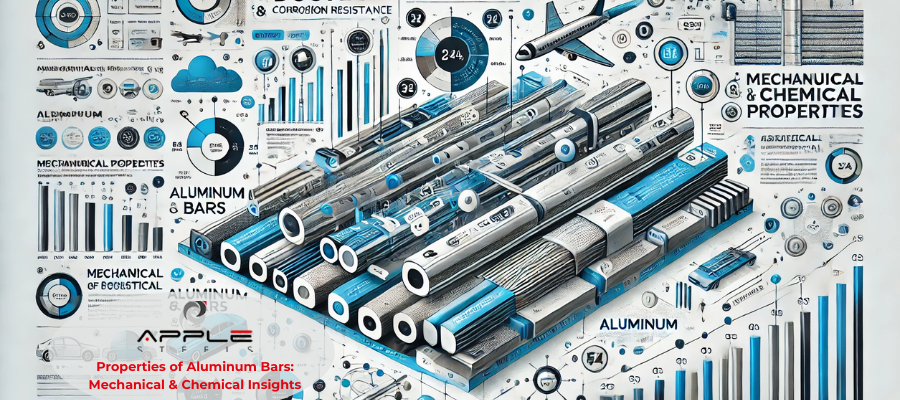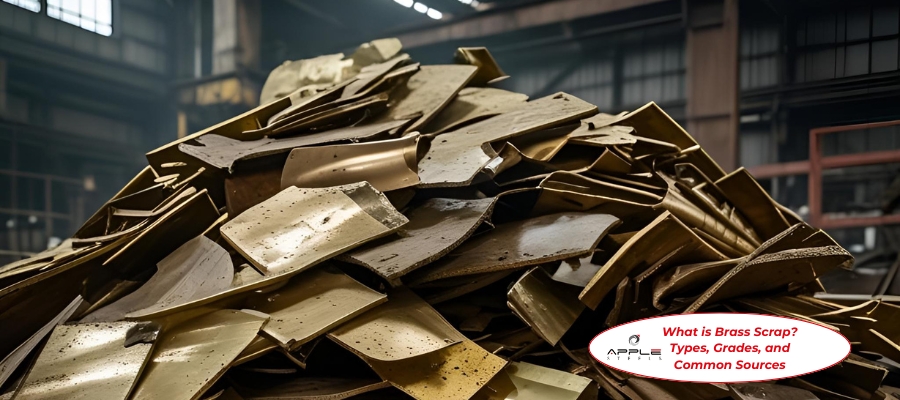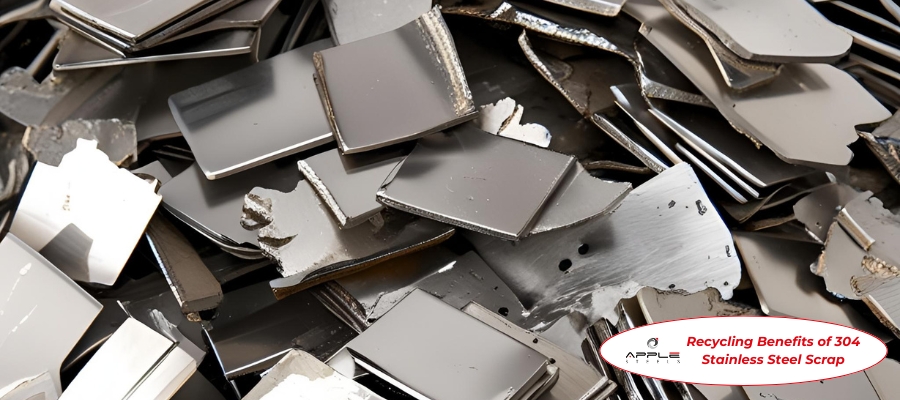Aluminum bars are widely used materials in many industries due to their unique mechanical and chemical properties. This blog explores these properties in detail and explains why aluminum bars are often the preferred choice for various applications.
Mechanical Properties
- Strength:
- Aluminum bars are known for their strength, which can vary based on the specific alloy and processing methods used. Key types include:
- 6061 Aluminum: Known for its excellent mechanical properties and weldability, it has a tensile strength of about 310 MPa (45,000 psi) in T6 temper, making it suitable for structural applications like beams and frames.
- 7075 Aluminum: This high-strength alloy is commonly used in aerospace applications, reaching tensile strengths of up to 570 MPa (83,000 psi). It’s ideal for parts that require maximum strength and minimum weight.
- Aluminum bars are known for their strength, which can vary based on the specific alloy and processing methods used. Key types include:
- Ductility:
- Aluminum is highly ductile, allowing it to be stretched or bent without breaking. This property is crucial for manufacturing processes such as rolling, extruding, and forging. Certain aluminum alloys can elongate by 20-40% before fracture, enabling the production of complex shapes.
- Hardness:
- Hardness is an important factor for applications requiring resistance to wear and tear. For example:
- 6061 Aluminum: Has a hardness rating of about 95 HB (Brinell Hardness), making it suitable for structural applications.
- 7075 Aluminum: Exhibits higher hardness, reaching around 150 HB, suitable for demanding applications like aircraft components.
- Hardness is an important factor for applications requiring resistance to wear and tear. For example:
- Fatigue Resistance:
- Aluminum bars are well-regarded for their high fatigue strength, allowing them to withstand repeated stress without failure. For example, the 6061-T6 alloy has a fatigue limit of approximately 90 MPa (13,000 psi), essential in applications such as aircraft wings and automotive frames.
- Weight:
- One of aluminum’s most significant advantages is its low density, approximately one-third that of steel, with a density of about 2.7 g/cm³. This lightweight nature contributes to significant weight savings in transportation and construction, enhancing fuel efficiency in vehicles and reducing structural load.
- Thermal and Electrical Conductivity:
- Aluminum has excellent thermal conductivity of about 205 W/m·K, making it an effective material for heat exchangers and radiators. Additionally, its electrical conductivity is about 60% that of copper, which is beneficial for applications in electrical wiring and bus bars.
Chemical Properties
- Corrosion Resistance:
- Aluminum forms a natural oxide layer that protects it from corrosion and rust. This layer can be further enhanced through anodizing, a process that thickens the oxide layer and increases durability. Anodized aluminum is commonly used in architectural applications, cookware, and consumer products.
- Reactivity:
- While aluminum is stable in many environments, it can react with strong alkalis (like sodium hydroxide) and halogens (like chlorine). Understanding these interactions is crucial for selecting aluminum for specific chemical applications.
- Alloying Capability:
- Aluminum can be alloyed with various elements to enhance its properties:
- Copper: Increases strength but may reduce corrosion resistance (e.g., 2024 aluminum).
- Magnesium: Enhances both corrosion resistance and strength (e.g., 5052 aluminum).
- Silicon: Improves fluidity in casting applications, useful for producing intricate shapes.
- Aluminum can be alloyed with various elements to enhance its properties:
- Anodizing:
- Anodizing is an electrochemical process that enhances aluminum’s surface properties, improving corrosion resistance and surface hardness. It also allows for various colors and finishes, making anodized aluminum visually appealing for consumer products and architectural features.
- Low Reactivity:
- Compared to metals like magnesium or zinc, aluminum is relatively inert, making it suitable for use in various environments, including marine and chemical applications. This stability extends the lifespan of aluminum components.
Processing Methods
Aluminum bars can be produced through various manufacturing processes:
- Extrusion: This involves forcing heated aluminum through a shaped die to create long sections with a uniform cross-section. Extruded aluminum bars are widely used in construction and automotive applications.
- Rolling: This process involves passing aluminum through rollers to create thin sheets or bars. Rolling can enhance the strength of the material through work hardening.
- Forging: Aluminum bars can also be forged by shaping heated aluminum under high pressure. This process improves strength and reduces the likelihood of defects.
- Casting: Aluminum can be cast into various shapes, including bars, through methods like sand casting or die casting. This process allows for complex geometries and can be cost-effective for large production runs.
Applications of Aluminum Bars
Aluminum bars are employed in numerous fields due to their outstanding properties, including:
- Aerospace: Lightweight aluminum components are crucial for aircraft design, enhancing fuel efficiency and performance. Commonly used alloys include 2024 and 7075.
- Automotive: In the automotive industry, aluminum bars are used in engine blocks, chassis components, and wheels, contributing to weight reduction and improved fuel economy.
- Construction: Aluminum bars are used in structural applications, window frames, roofing, and siding due to their corrosion resistance and aesthetic appeal.
- Electrical: Aluminum is widely used in electrical applications for power lines, bus bars, and housings, leveraging its excellent electrical conductivity and lightweight nature.
- Marine: The corrosion resistance of aluminum makes it ideal for marine applications, including boat hulls, fittings, and masts, ensuring durability in harsh environments.
- Consumer Products: From kitchenware to sporting goods, aluminum bars are used in various consumer products due to their lightweight and attractive finishes.
Advantages of Using Aluminum Bars
- Lightweight:
- Aluminum’s low weight allows for significant savings in material costs and improves efficiency in applications.
- Versatile:
- The ability to alloy aluminum with various elements allows for customized properties that meet specific needs in different industries.
- Recyclability:
- Aluminum is highly recyclable, with over 75% of all aluminum ever produced still in use today. This sustainability aspect makes aluminum an environmentally friendly choice.
- Cost-Effective:
- While aluminum may have a higher initial cost compared to some materials, its durability and low maintenance can lead to cost savings over the product’s lifecycle.
- Aesthetic Appeal:
- Aluminum can be finished in a variety of ways, including anodizing and painting, providing aesthetic versatility for architectural and consumer applications.
Conclusion
Aluminum bars are essential materials across a wide range of industries, thanks to their impressive mechanical and chemical properties. Understanding these properties helps engineers and designers make informed material choices for their projects. As technology advances and the demand for sustainable materials grows, aluminum bars will continue to be a popular choice in various applications.




